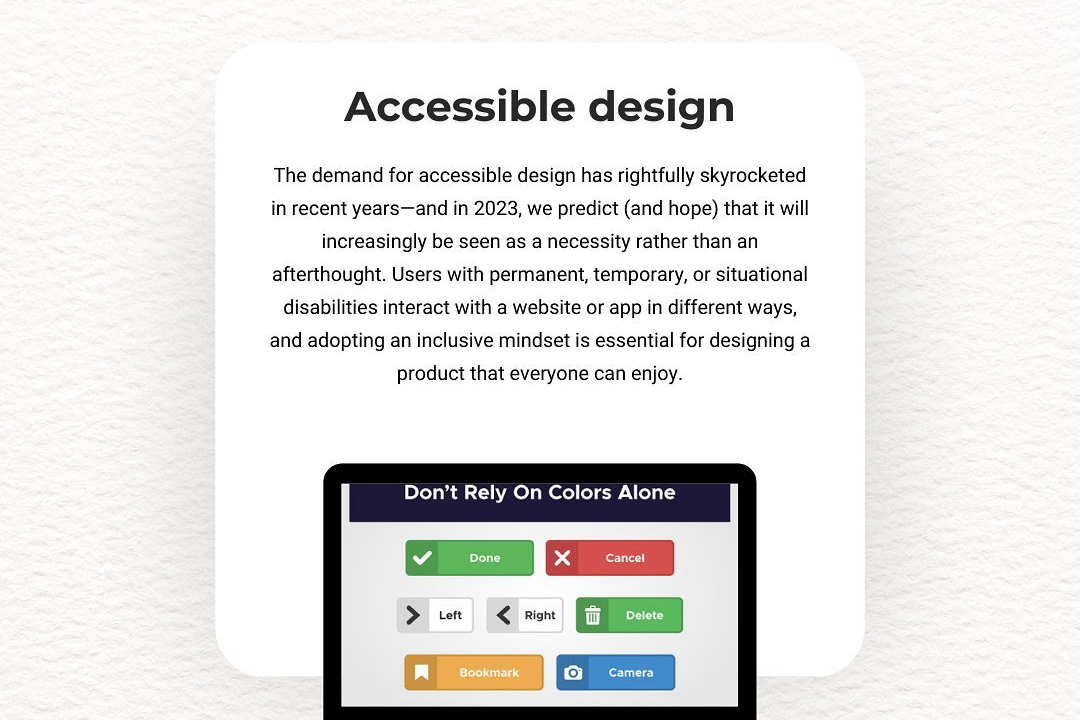Android Data Storage Options
Exploring Android Data Storage Solutions
Android Data Storage Options
Android offers several data storage options to manage app data efficiently, catering to different needs and scenarios. These options include Shared Preferences for small key-value pairs, suitable for user settings; Internal Storage for private files that only the app can access; External Storage for larger files that may be shared with other apps and users; SQLite Database for structured data storage in a relational format; and Cloud Storage using services like Google Drive for remote access and backup. Each storage method has its own advantages and is chosen based on factors like data size, privacy requirements, and the need for data persistence across app sessions.
To Download Our Brochure: https://www.justacademy.co/download-brochure-for-free
Message us for more information: +91 9987184296
1 - Shared Preferences:
Used for storing small amounts of primitive data (like key value pairs). It's ideal for user preferences and application settings.
2) Internal Storage:
Provides a private storage area for your app where you can save files that other apps cannot access. This is useful for sensitive data.
3) External Storage:
Allows you to save files to the shared external storage (SD card). It is suitable for large files (like media) and data that you want to be accessible by other apps.
4) SQLite Database:
A lightweight, relational database that is embedded in Android. It's used for structured data storage and enables complex queries.
5) Room Persistence Library:
An abstraction layer over SQLite to simplify database access while harnessing SQLite’s full power. It uses annotations to define entities and relationships.
6) Content Providers:
Facilitate the sharing of data between applications. They manage access to a structured set of data and support CRUD operations.
7) File Storage:
Allows saving files directly in internal or external storage using conventional file I/O. Use this for large binary files and documents.
8) Android Keystore System:
Provides a secure way to store cryptographic keys and sensitive data. It handles key management and secures credentials.
9) Network Storage:
Enables storage of data in a remote server through cloud services (like Firebase, Amazon S3). Good for sharing data across devices.
10) Cache Storage:
Temporary storage used to optimize performance by saving computed data or files retrieved from the internet, thus reducing data use and load time.
11) Preferences DataStore:
A modern replacement for Shared Preferences. It uses Kotlin Coroutines for asynchronous reads and writes and is more type safe.
12) Binary Data Storage:
Allows storing complex objects as binary files, which can be useful when performance is critical and data size is large.
13) Data Backups:
Using Android’s Backup API, developers can enable automatic data backups to Google Drive, ensuring user data is recoverable.
14) Remote Database Storage:
Involves using a backend service (like Firebase Firestore) to store data remotely, which can provide real time capabilities and sync data across users.
15) Data Serialization:
Involves converting data into a format that can be easily stored or transmitted (like JSON or XML). This method is used for sending data over the network or saving it in a file format.
16) Work Manager:
For background tasks that require guaranteed work, like syncing data. It's a way to manage asynchronous updates and data sync loops.
17) ViewModel and LiveData:
Though primarily for UI related data handling, they can also be used to observe data changes that are saved temporarily during the lifecycle of an application.
This comprehensive overview of Android data storage options will help students understand the various mechanisms available for handling data in Android applications.
Browse our course links : https://www.justacademy.co/all-courses
To Join our FREE DEMO Session: Click Here
Contact Us for more info:
DATACAMP MACHINE LEARNING
Best Android Courses
Authentication and Authorization in Node JS
python ml course
best data analytics courses in india











